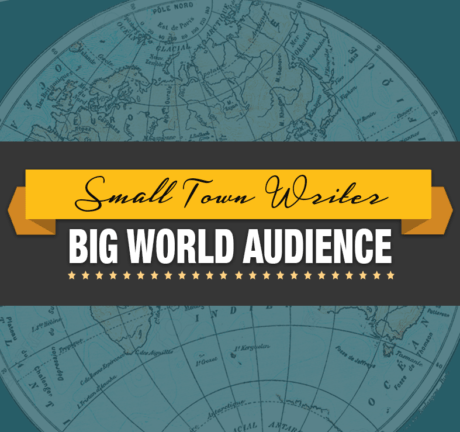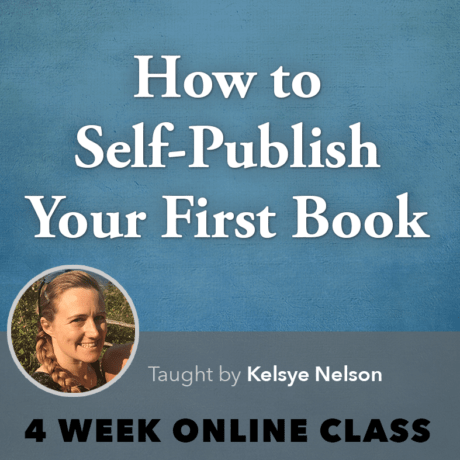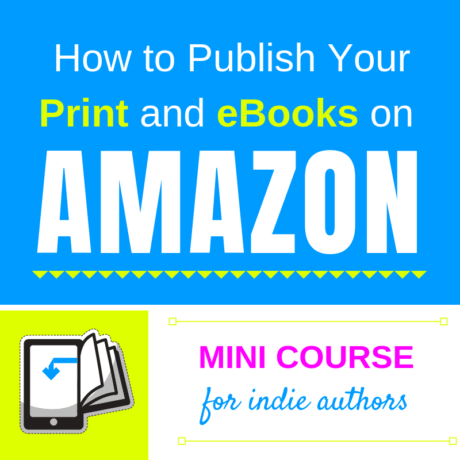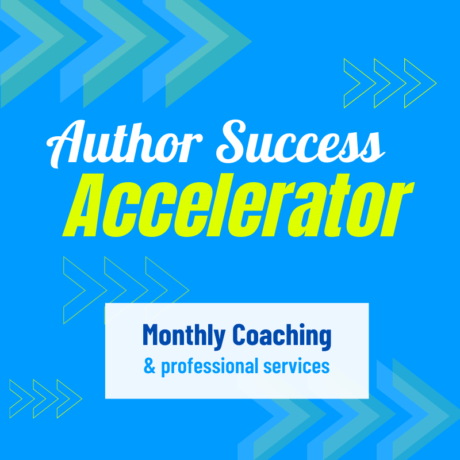

What tools and techniques can you employ in plotting your novel? Are there any tried and tested methods of effective storytelling?
Let’s ask five best-selling authors from diverse backgrounds!
01. David Heshka Wanbli Weiden, Author of Winter Counts
The three-act structure was particularly challenging for David Heska Wanbli Weiden, the American Indian author of the best-selling thriller Winter Counts. It took him many failed attempts at writing short stories to reluctantly move away from his native structure of circular storytelling. But when he embraced the Western Aristotelian Three-Act structure, he did so wholeheartedly. In his own words he says, “I felt really liberated because it gave me a set of choices to create a beat sheet.”
To simplify the plot even further, he then used the Save the Cat beat sheet and proceeded to add a subplot that would later merge with the main story. By introducing problems, obstacles, increasing action, and then a resolution, he believes the “Save the Cat” template and the three-act structure really helped him in coming up with a satisfying plot.
Check out the book here.
02. Nguyễn Phan Quế Mai, Author of the The Mountains Sing
Having spent her entire life researching and interviewing hundreds of people for her novel The Mountains Sing, Nguyễn Phan Quế Mai found herself utterly overwhelmed. She asked herself;
“What qualities did I have to be able to write this novel? How could I honor the untold stories of Vietnamese people? How could I honor the people who shared with me their personal stories?”
The Mountains Sing is a powerful novel that captures the human cost of the Vietnam war. Quế Mai wrote it as part of her MA in creative writing. When her writing mentor told her to “trust the power of her inner mind,” trust she did.
With a mixture of three act structure, non-linear structure, and parallel structure to manage the complexity of her plot, she used a chapter-by-chapter synopsis to understand the narratives and plots. She also used timelines of real-life historical events and personal events of her characters’ lives. It helped match and capture the impact of external events on individual lives.
For Quế Mai, plotting her novel came from the experience that has often came from a stack of unpublished novels. But knowing the techniques and mission of your story in advance can save you years of your wiring life.
Find Quế Mai’s The Mountains Sing on Amazon.
03. Heather Chavez, Author of No Bad Deed
Heather Chavez was about a third of the way through her novel No Bad Deed when she underwent the evolution from a panster to a plotter. She credits chancing upon the book Save the Cat! Writes a Novel for her transition. Had she discovered it sooner, she believes it could have saved her six of her previous revisions.
As she discarded all progress made with the novel and embraced the Save the Cat beat sheet, all the pieces of the plot started to fall into place. She asked herself; “Is there an inciting incident? Is there a clear delineation between the acts? Are there subplots? Is there a dark night of the soul?”
Being a plotter, however, did not cement Chavez’s plot in stone and limit her to the beats in the beat sheet. Instead, she used the beat sheet only as a road map that gave directions as her imagination steered her to her destination.
Get No Bad Deed from Amazon.
04. Margarita Montimore, Author of Oona Out of Order
If you identify yourself as an intuitive storyteller who works best without a tight structure or template, then you’re not alone. Margarita Montimore, the best-selling author of Oona Out of Order says, “I vehemently rebel against it as much as possible.”
Without being dismissive of the “Save the Cat” beat sheet, she acknowledges its importance as “training wheels” especially for new writers. She even admits that a form and structure would minimize the overall pain associated with revising your work. But for her, writing is about letting your imagination run wild, and piecing the plot together as you progress.
With Oona Out of Order, it may seem like the story has a three-act or some form of structure in place. But Montimore credits it to her chaotic approach and believes your subconscious knows the rhythm that a narrative needs to follow in order to be satisfying.
Buy her best-selling book here.
05. Natalie Jenner, Author of The Jane Austen Society
Natalie Jenner, author of the international best-seller The Jane Austen Society, takes a character-driven approach to plotting. She admits that she’s not conscious of the elements of her plot when writing. Instead, she relies on her characters to drive all the action.
Pacing is important to Jenner. By quarter point, she ensures she has everything introduced. And by midpoint, she introduces the conflict that pulls everybody together. For her, pacing is about building up to that intrigue as well as up to the end.
Pick up a copy of The Jane Austen Society from Amazon.

Shafeeka Hafeez
Shafeeka Hafeez grew up escaping into a world of books where she discovered a love for writing and a fascination with trees. When she’s not taking up a new marketing skill, or typing out a blog post, you can find her Googling the best therapy for abandoned cats.







0 responses on "What Approach Should You Take in Plotting Your Novel? Let’s Ask Five Diverse Authors!"